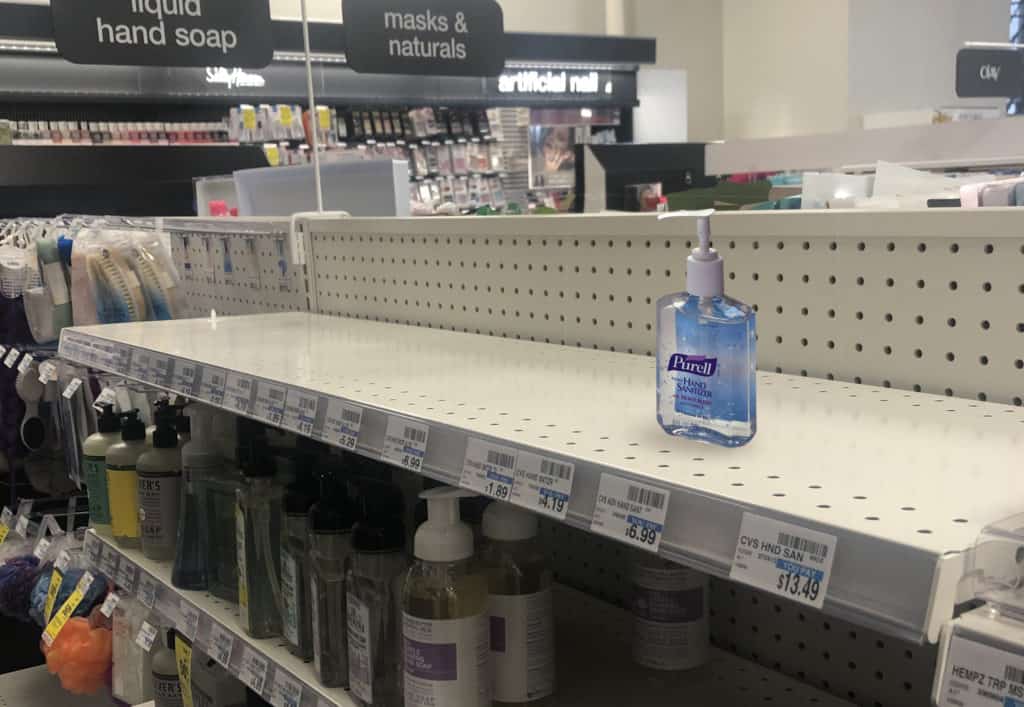Conditions in our environment where we live, work, learn and play affect a range of health outcomes. Now, faced with a global pandemic, we may soon learn just how detrimental viral diseases may be for struggling communities.
The Centers for Disease Control and Prevention (CDC) recently responded to the worldwide outbreak of the Coronavirus or COVID-19, a respiratory disease first detected in China and spreading over the globe. While the World Health Organization (WHO) originally designated the disease as a global health emergency, they are now upgrading COVID-19 as a pandemic given the increase in cases (118,000 to date) across 110 countries and growing. At this moment and despite additional cases of COVID-19 being identified, much of the United States has a low risk of contracting the virus, according to the CDC. Those most at risk are older adults and individuals with other illnesses.
So much of the rhetoric around the response to this virus in the U.S. calls for effective handwashing, coughing etiquette and avoiding crowds and simply staying home if sick. While those are certainly prominent steps to ward off disease, what’s missing in the national dialogue is an acknowledgement of conditions in our environment — social determinants of health — and its role in spreading disease.
Viral infections such as the Coronavirus, Influenza and Zika, among others, can be detrimental to anyone, but issues such as poverty, housing, access to care and paid leave, all social determinants of health, contribute to the spread of viral diseases as much as they do to the health of millions of Americans on a daily basis.
In neighborhoods and communities of concentrated poverty, low-income residents tend to experience pronounced health disparities – higher-than-average rates of asthma, heart disease and diabetes. Black and Latino/Latina/Latinx families are more likely than White families to live in neighborhoods of concentrated poverty. Low-income people are less likely than higher-income people to have health insurance, benefit from access to specialty care and receive newer treatment plans or technologies.
Paid leave, the ability for ill workers or their caregivers to take paid time off to heal or improve health, is a critical piece of a social and economic support system that helps individuals and families thrive. The United States, however, is the only developed nation without a federal paid leave policy, leaving 89% of civilian workers, many in low- to moderate-income jobs, with having to make the painful choice between staying home when ill (and missing much-needed pay) or coming into work and potentially spreading disease. Without paid leave, the average worker taking off three days for illness is monetarily equivalent to their monthly household utility bill.
The people most vulnerable to the outbreak itself are also more likely to be negatively affected by the economic fallout from this illness. As Congress mulls a $8.3 billion Coronavirus aid package that includes support for struggling businesses, the fallout from closing factories, airports and schools has only just begun.
This latest viral outbreak is a reminder that social determinants of health — housing, poverty, access to care and paid leave — must be considered if we aim to curb the spread of disease and advance public health now and into the future.
Karen Kali is NCRC’s program manager of Special Initiatives.
Photo by Maria Georgieva at NCRC.



